60s Babydoll Dress Pattern Tutorial

I was thinking about my next sewing project, and I decided I wanted to try my hand at something vintage. So, using an authentic 60s babydoll dress pattern, I made the most beautiful house dress with pockets.
Tools and materials:
- Pattern
- Fabric
- Measuring tape
- Scissors
- Pins
- Marker
- Sewing machine
The 60s babydoll dress pattern had a few versions of the dress. I was pretty set on making the long dress with long sleeves but then I realized I didn’t have enough pink fabric. So, I decided to use a different fabric.
1. Sew the center front and back
The first thing I worked on was the center front and center back seam.
After pinning, I sewed and got a little confused. I had forgotten to leave the center back seam open above the notches.
However, I managed to distinguish between the front and back in the end because they had a different number of notches.
2. Work on the sleeves
Next, it was time to move on to the sleeves. I was a little bit intimidated, but I took a few deep breaths and then stay stitched the edges.
To attach the sleeve facing, I matched up the notch on the sleeve and the notch on the facing and then pinned.
I took that over to my sewing machine and sewed it on. As I was sewing, I noticed that when it comes to 1960’s fashion, things start to become more functional.
With the sleeves right sides together, I had to pin the front to the back and the back to the front. I then went ahead and sewed.
I pinned the shoulder seam and the other seam that actually extended into a dart. The dart would help to give some shape to the sleeve.
3. Attach the collar
I moved on to work on the collar. I applied interfacing on one collar piece and stitched both pieces, right sides together, leaving the notched edge open.
I then clipped the corners and trimmed the seams nicely.
I turned out the collar and gave it a really good press with my iron. I also went ahead and stitched in the ditch so that the facing wouldn’t roll.
Next, I pinned the collar to the neckline matching up notches. I then basted it to the neckline.
4. Sew on the zipper
With the collar sewed on, I moved on to attach the zipper at the back.
I had to unpick the top of the back seam because I had forgotten to leave it open at the start of the project. The zipper went really well which was surprising because it can be a little tricky.
5. Attaching the pockets
Next, I sewed the underarm and side seams, but I made sure to leave a gap between the two dots I had made earlier because that is where I would insert the pockets.
This wasn’t my first time attaching pockets but the method was a little different.
I matched the pocket pieces to the inside seam of the dress so that the right sides were facing together, matching up the medium dots to make sure the pockets were aligned.
Then, with the right sides together, I stitched the pocket pieces together. This technique was a little finicky but once all the pieces were in place, it wasn’t too bad.
6. Finish the dress
I decided to make a belt to help give the dress a little more shape. All that was left to do was hem it.
60s babydoll dress pattern
I absolutely love my new dress! This 60s babydoll dress pattern was sometimes tricky to follow, but well worth it in the end.
Which vintage fashion decade is your favorite? Let me know in the comments!
1920's Dress From a Polo Shirt
Enjoyed the project?
Suggested materials:
- Pattern
- Fabric
- Measuring tape
- Scissors
- Pins
- Marker
- Sewing machine
The author may collect a small share of sales from the links on this page.
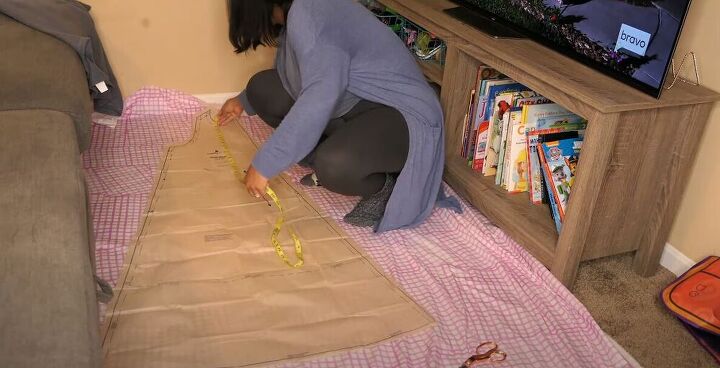
















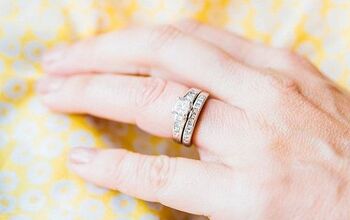
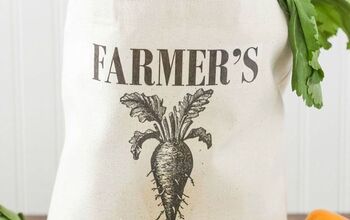
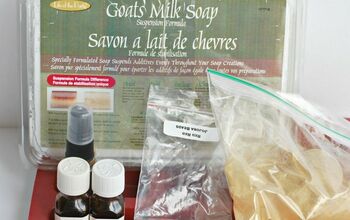
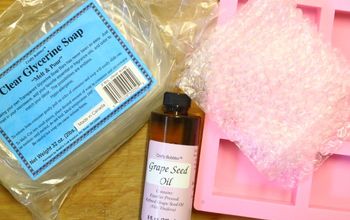
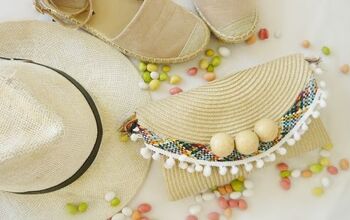

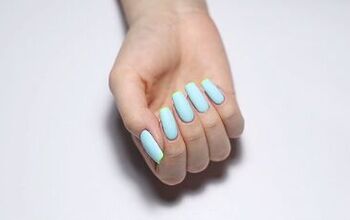
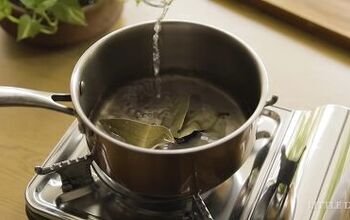
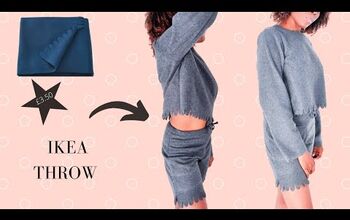
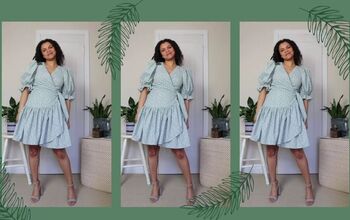
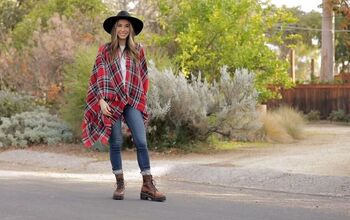
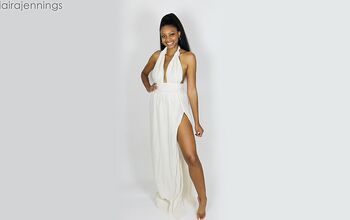
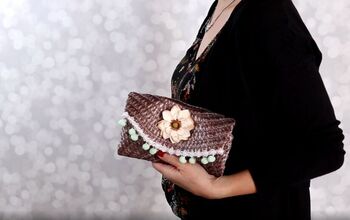
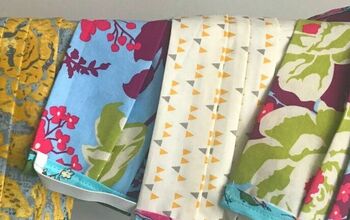

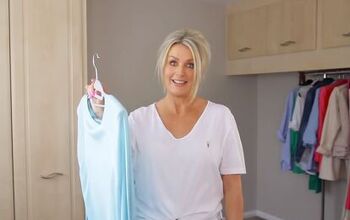

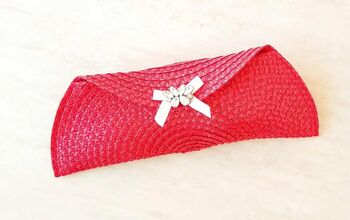
Comments
Join the conversation
Ohhhh I might need to make a whole wardrobe of these for around the house!
I might need to make a whole wardrobe of these for around the house!
Well I was 22 in 63 and that big heavy looking dress is not a baby doll style..sorry but moo moos were not for 23 yr olds or people your age..
your a very good seamstress and have a good eye for what you want your project to look like,Lucille Ball and Loretta Young would probly wear this ..
but this is not 60’s style Baby Doll..✌🏼